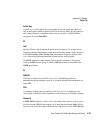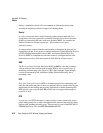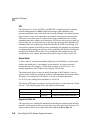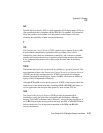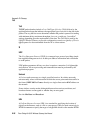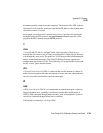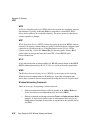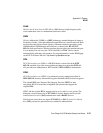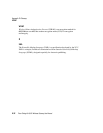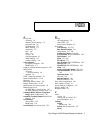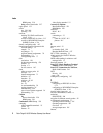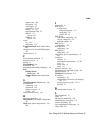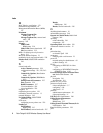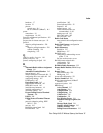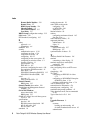Psion Teklogix 9160 G2 Wireless Gateway User Manual E-31
Appendix E: Glossary
WLAN
WLAN
Wireless Local Area Network (WLAN) is a LAN that uses high-frequency radio
waves rather than wires to communicate between its nodes.
WMM
Wireless Multimedia (WMM) is a IEEE technology standard designed to improve
the quality of audio, video and multimedia applications on a wireless network. Both
access points and wireless clients (laptops, consumer electronics products) can be
WMM-enabled. WMM features are based on is a subset of the WLAN IEEE
802.11e draft specification. Wireless products that are built to the standard and pass
a set of quality tests can carry the “Wi-Fi certified for WMM” label to ensure
interoperability with other such products. For more information, see the WMM page
on the Wi-Fi Alliance Web site:
http://www.wi-fi.org/OpenSection/wmm.asp
.
WPA
Wi-Fi Protected Access (WPA) is a Wi-Fi Alliance version of the draft IEEE
802.11h standard. It provides more sophisticated data encryption than WEP and
also provides user authentication. WPA includes TKIP and 802.1x mechanisms.
WPA2
Wi-Fi Protected Access (WPA2) is an enhanced security standard, described in
IEEE 802.11h, that uses Advanced Encryption Standard (AES) for data encryption.
The original WPA uses Temporal Key Integrity Protocol (TKIP) for data
encryption. WPA2 is backwards-compatible with products that support the
original WPA.
WPA2, like the original WPA, supports an Enterprise and Personal version. The
Enterprise version requires use of IEEE 802.1x security features and Extensible
Authentication Protocol (EAP) authentication with a RADIUS server.
The Personal version does not require IEEE 802.1x or EAP. It uses a Pre-Shared
Key (PSK) password to generate the keys needed for authentication.



